
Case Study: How SFA Uses An Unorthodox Omnipresent Marketing Approach To Scale DTC Brands To 6-8 Figures 🤑
(Going Beyond Big Data To Help Maintain 5X-12X ROAS)

Case Study: How SFA Uses An Unorthodox Omnipresent Marketing Approach To Scale DTC Brands To 6-8 Figures 🤑
(Going Beyond Big Data To Help Maintain 5X-12X ROAS)
Data-Driven Behavior Change

Data-Driven Behavior Change
But data alone isn't enough. SFAnalytica is building a future where brands can have a truly personalized relationship with their ideal customer by showing them not just where people are, but what they really care about and what drives their behavior.
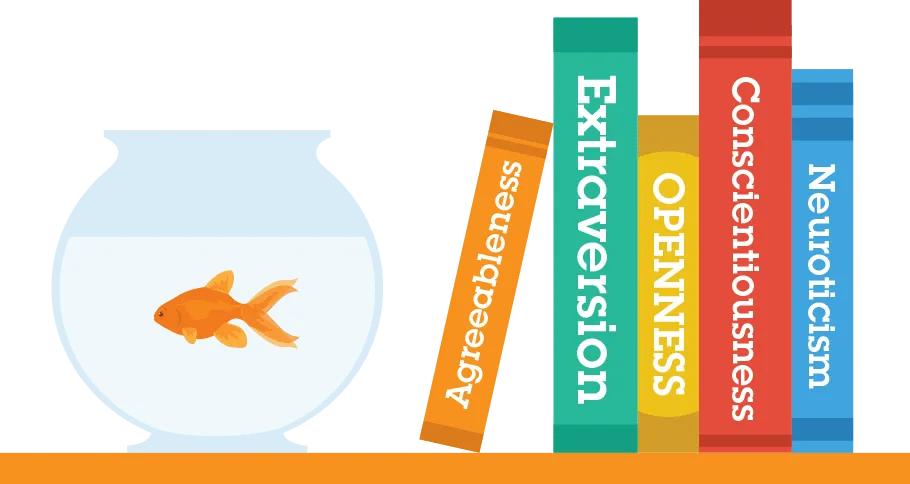




Full-Service Paid Ads Agency
Unorthodox Advertising Approach
Full-Service Paid Ads Agency
Unorthodox Advertising Approach
The Art Of Media Buying 💰
We Are The Picasso Of Buying Media 🎨
What Differentiates Us From Them
Having spent over $10mil in Ad-Spend across various platforms, we have tested and tried every media buying technique one can think of (and still do). Anyone can put up an Ad, write some copy and set a budget of $1,000 daily.
What differentiates SFA from the majority of other agencies is the media buying strategies used. Below are just some of the strategizes we have learned from the best people in the industry and use for both e-commerce and information product clients.
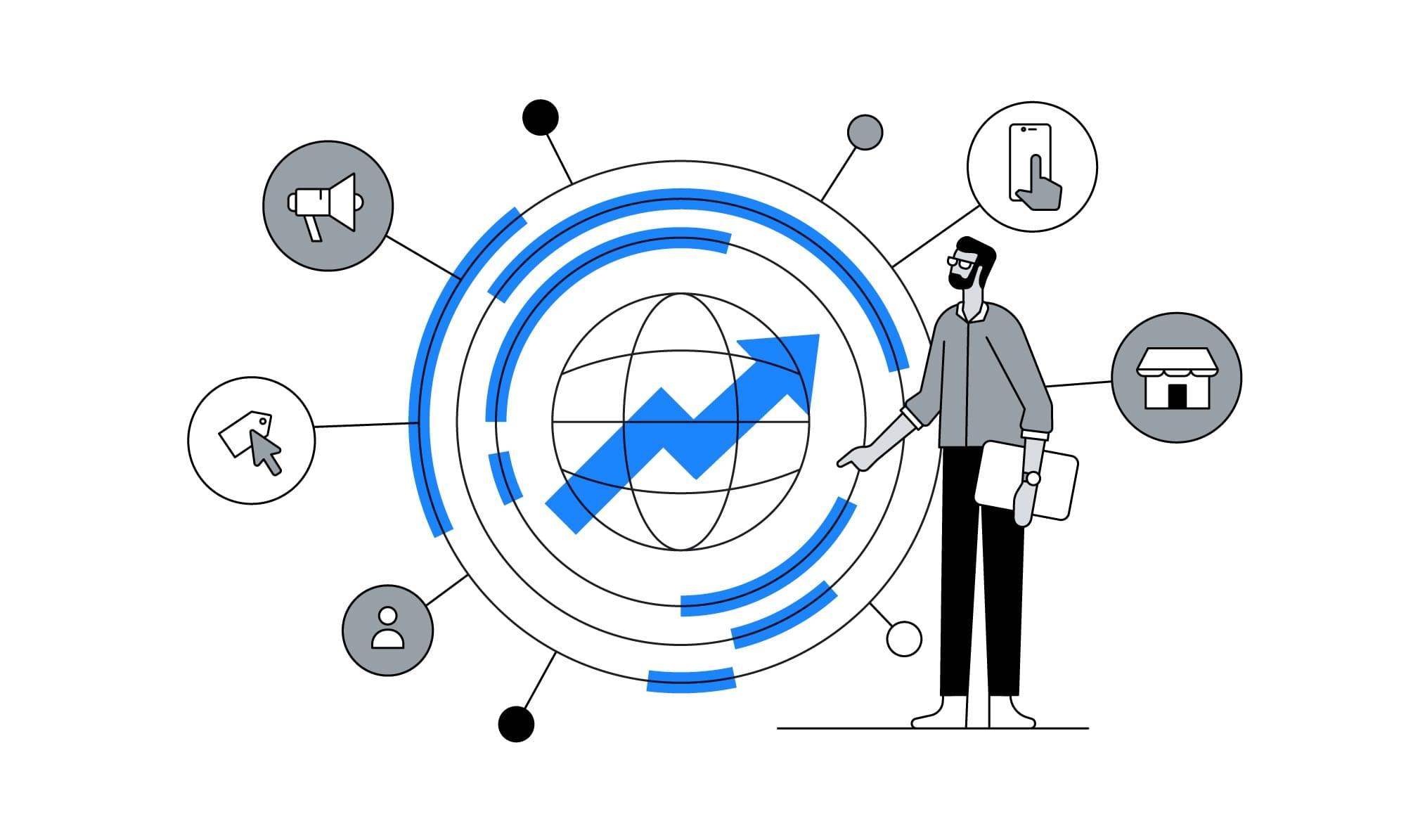
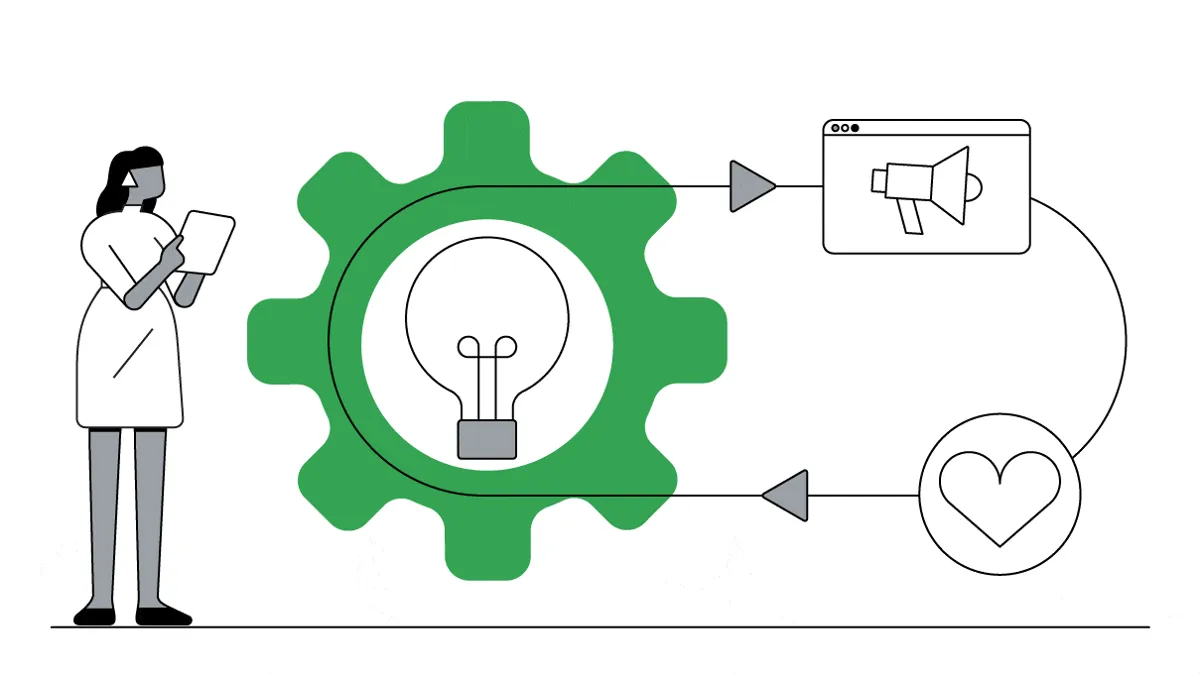
Venice Fly Trap Strategy
The intention of the Venus Fly Trap ad strategy is to get future buyers of products indoctrinated from not knowing you (cold audience), to knowing about you and having the right biases, beliefs, and objections handled before and during presenting offers in conversion campaigns.
You’re taking a cold audience, and putting content in front of them, with no pitches or call to action, with engagement campaigns and video view objectives in the Facebook ads manager, and then leveraging the Facebook audience tool to capture video viewers and those interacted with your Facebook and Instagram pages and posts.
The Harvester Ad Strategy
Most advertisers, marketers, and entrepreneurs go straight for the close in their marketing efforts. They just pitch and pitch to the same audience or a few different audiences hoping and praying they can convert 2% of the audiences they are targeting to barely profit.
If we compare those types of advertisers to farmers, they would be the types of farmers that go straight for the harvest, and would completely ignore the rest of the harvest cycle, which includes key stages like planting, tending, watering, and letting the crops grow before harvesting, and managing multiple crop fields at one time to enable more profits are scale when harvesting


The Forestar Ad Strategy
The intention of The Forrester ad strategy is to get future buyers of products who don’t know you yet (cold audience) into an audience of people aware of your brand for less than $.01 (warm audience). We then are going to convert that newly created warm audience and run direct response ads, and more content toward that person to keep CPMs down and to get a high volume of excited buyers.
You’re taking a cold audience, and putting content in front of them, with no pitches or call to action, with engagement campaigns and video view objectives in the Facebook ads manager, and then leveraging the Facebook audience tool to capture video viewers and those interacted with your Facebook and Instagram pages and posts (warm audience).
The Art Of Media Buying 💰
We Are The Picasso Of Buying Media 🎨
What Differentiates Us From Them

Having spent over $10mil in Ad-Spend across various platforms, we have tested and tried every media buying technique one can think of (and still do). Anyone can put up an Ad, write some copy and set a budget of $1,000 daily.
What differentiates SFA from the majority of other agencies is the media buying strategies used. Below are just some of the strategizes we have learned from the best people in the industry and use for both e-commerce and information product clients.
Venice Fly Trap Strategy

The intention of the Venus Fly Trap ad strategy is to get future buyers of products indoctrinated from not knowing you (cold audience), to knowing about you and having the right biases, beliefs, and objections handled before and during presenting offers in conversion campaigns.
You’re taking a cold audience, and putting content in front of them, with no pitches or call to action, with engagement campaigns and video view objectives in the Facebook ads manager, and then leveraging the Facebook audience tool to capture video viewers and those interacted with your Facebook and Instagram pages and posts.
The Harvester Ad Strategy

Most advertisers, marketers, and entrepreneurs go straight for the close in their marketing efforts. They just pitch and pitch to the same audience or a few different audiences hoping and praying they can convert 2% of the audiences they are targeting to barely profit.
If we compare those types of advertisers to farmers, they would be the types of farmers that go straight for the harvest, and would completely ignore the rest of the harvest cycle, which includes key stages like planting, tending, watering, and letting the crops grow before harvesting, and managing multiple crop fields at one time to enable more profits are scale when harvesting
The Forestar Ad Strategy

The intention of The Forrester ad strategy is to get future buyers of products who don’t know you yet (cold audience) into an audience of people aware of your brand for less than $.01 (warm audience). We then are going to convert that newly created warm audience and run direct response ads, and more content toward that person to keep CPMs down and to get a high volume of excited buyers.
You’re taking a cold audience, and putting content in front of them, with no pitches or call to action, with engagement campaigns and video view objectives in the Facebook ads manager, and then leveraging the Facebook audience tool to capture video viewers and those interacted with your Facebook and Instagram pages and posts (warm audience).
Data Driven OmniPresent Approach 🎯
Your Brand... Everywhere... At The Same Time ⏳
What Is Being Omnipresent
In short, omnipresence in marketing is an approach of communicating with customers across channels in different ways depending on how they interact with each channel. – and how they've interacted with other messages from your company.
Aside from being on multiple platforms that your end consumer is one - each platform requires you to speak differently. This is because the psychology of someone who is browsing through Facebook or Instagram is different than that of someone who is on TikTok and different from that of someone who’s on Google or YouTube.


Pattern Interrupt VS. Search Intent
Different platforms can be broken down into 2 parts. The first is Pattern Interrupt and the second is search intent/Learners Mindset. For Pattern interrupt, (Facebook; Instagram, and TikTok) the psychology of 99% of the people on these platforms are for leisure or to simply pass time. Your presence on these platforms needs to attract individual attention within the first few seconds.
For Google, people are searching specific keywords to solve a problem. This is what is referred to as Search Intent. Similarly, on YouTube, the psychology of the people on this platform is referred to as the Learners' Mindset. An example is someone searching for “How To Do X Y Z.” Your presence here needs to be in line with the individual are searching for or looking to learn.
The Only Way To Scale To 7-8 Figures
Aside from all the benefits mentioned above, being omnipresent is virtually the only way someone can scale their business to 7-8 figures and beyond.
Think of it like a door-to-door salesperson. A block of 12 houses represents one platform, while the whole neighborhood represents multiple social media platforms. There is no doubt that you may get sales within that one block, but if you don't door-knock the whole neighborhood - you are limiting yourself to reaching more people, which essentially means limiting your sales. The same goes for not diversifying your media buying on various platforms and being Omnipresent
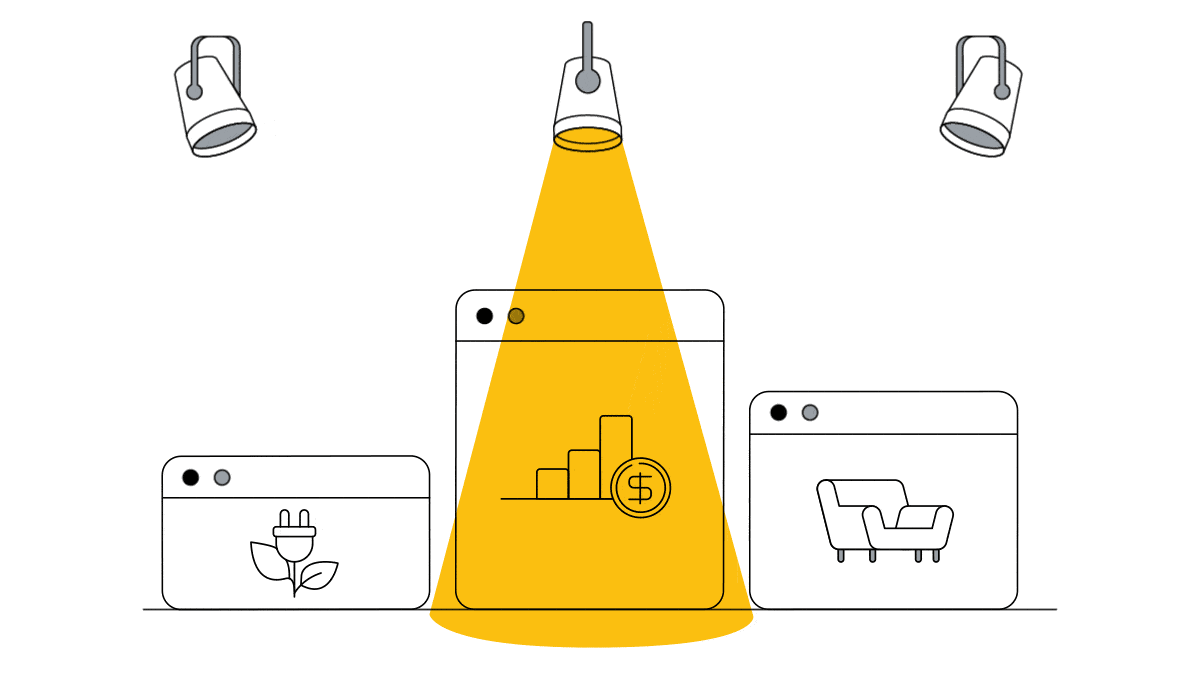
Data Driven OmniPresent Approach 🎯
Your Brand... Everywhere... At The Same Time ⏳
What Is Being Omnipresent

In short, omnipresence in marketing is an approach of communicating with customers across channels in different ways depending on how they interact with each channel. – and how they've interacted with other messages from your company.
Aside from being on multiple platforms that your end consumer is one - each platform requires you to speak differently. This is because the psychology of someone who is browsing through Facebook or Instagram is different than that of someone who is on TikTok and different from that of someone who’s on Google or YouTube.
Pattern Interrupt VS. Search Intent

Different platforms can be broken down into 2 parts. The first is Pattern Interrupt and the second is search intent/Learners Mindset. For Pattern interrupt, (Facebook; Instagram, and TikTok) the psychology of 99% of the people on these platforms are for leisure or to simply pass time. Your presence on these platforms needs to attract individual attention within the first few seconds.
For Google, people are searching specific keywords to solve a problem. This is what is referred to as Search Intent. Similarly, on YouTube, the psychology of the people on this platform is referred to as the Learners' Mindset. An example is someone searching for “How To Do X Y Z.” Your presence here needs to be in line with the individual are searching for or looking to learn.
The Only Way To Scale To 7-8 Figures

Aside from all the benefits mentioned above, being omnipresent is virtually the only way someone can scale their business to 7-8 figures and beyond.
Think of it like a door-to-door salesperson. A block of 12 houses represents one platform, while the whole neighborhood represents multiple social media platforms. There is no doubt that you may get sales within that one block, but if you don't door-knock the whole neighborhood - you are limiting yourself to reaching more people, which essentially means limiting your sales. The same goes for not diversifying your media buying on various platforms and being Omnipresent
Scale Your Paid Ads To The Next Level.
Scale Your Paid Ads To The Next Level.
Behavioral Change Ad Creatives 🧠
We Help You Create Ads That Move People To Action...
Why Creative Is King
With ad costs rising and data signals falling, creativity has never been more important than it is right now. Our benchmark is to blend direct response & on-brand design to create branded performance videos that can take your ad account to new heights.
Being data-driven, we test, optimize, and capitalize on what works. A continuous process that has allowed us to generate millions of dollars for our e-commerce and information product clients.

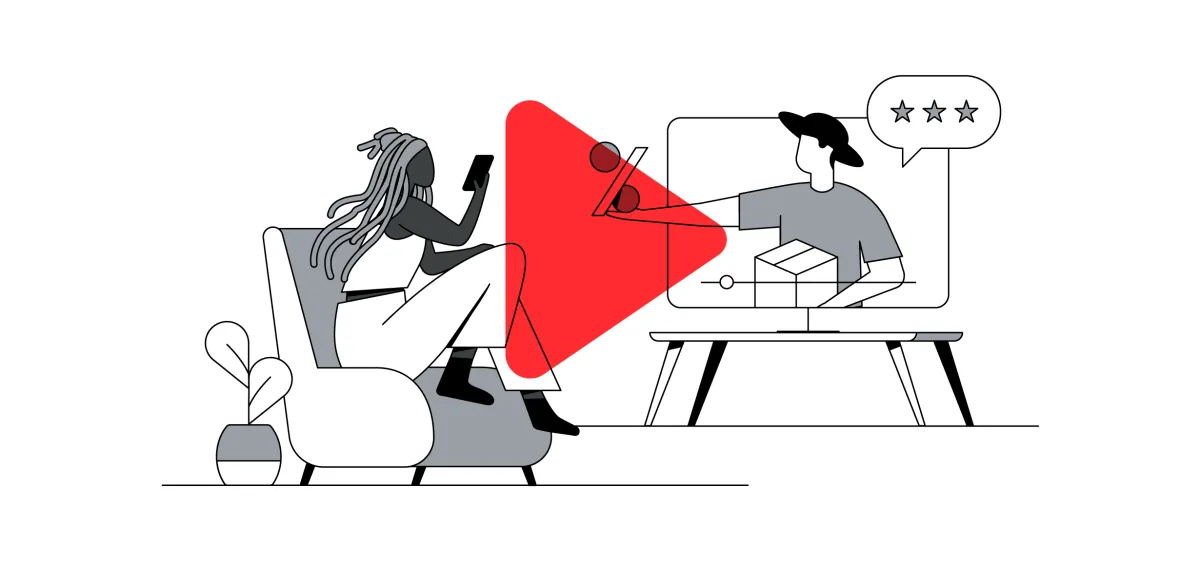
Creatives With Purpose Of Influence
In order to consult you on what types of creatives to produce, we first need to understand your business goals (purchases or leads). Once this is established we get to work brainstorming what types of creatives will best influence your end consumer to take the desired action.
Whether these creatives are Direct Response Creatives or Content First Advertising, the fundamentals are the same - All are based on basic Human Psychology to get your end consumer to buy!
The 8 Human Life Forces
For Direct Response Creatives - we’ve realized UGC content works BEST (especially on TikTok). Regardless of what types of creatives, they all should highlight at least 1 or more of the 8 Human Life Forces - a term coined by Drew Whitman.
These 8 Human Forces are as follows:
1: Survival, Enjoyment of Life; Prolong; 2: Enjoy food & drink 3: Freedom from pain fear, and all that is dangerous 4: Sexual companionship 5: Comfortable living conditions 6: being superior, winning, keeping up with the Joneses 7: Protection of your loved ones 8: Social Approval
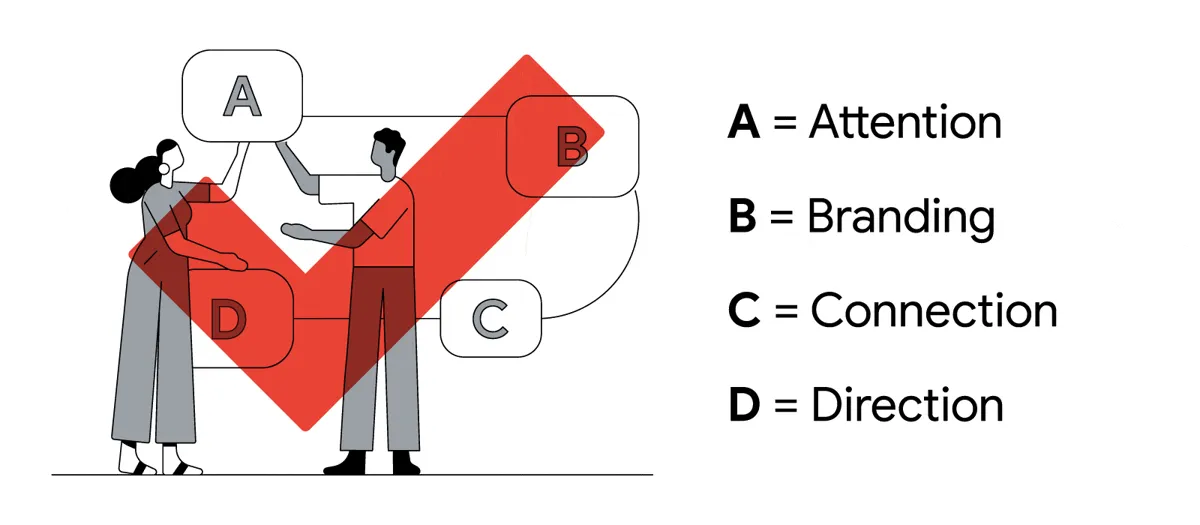

Trim The Fat - Scale What Works
Once we have established a creative game plan we put these creatives to the test, running these creatives' ads dynamically on various platforms. Within a few days, we’ll be able to look at the data and see which creatives performed best and which performed lower than expected benchmarks.
For the creatives that perform best, we will scale and continue using them till they produce diminishing returns. Furthermore, while these ads are live, we go ahead and consult you on putting together more of these creatives (based on data) to help yield even better results while at the same time refreshing your ad accounts with new content every 2-3 weeks.
Behavioral Change Ad Creatives 🧠
We Help You Create Ads That Move People To Action...
Why Creative Is King

With ad costs rising and data signals falling, creativity has never been more important than it is right now. Our benchmark is to blend direct response & on-brand design to create branded performance videos that can take your ad account to new heights.
Being data-driven, we test, optimize, and capitalize on what works. A continuous process that has allowed us to generate millions of dollars for our e-commerce and information product clients.
Creatives With Purpose Of Influence

In order to consult you on what types of creatives to produce, we first need to understand your business goals (purchases or leads). Once this is established we get to work brainstorming what types of creatives will best influence your end consumer to take the desired action.
Whether these creatives are Direct Response Creatives or Content First Advertising, the fundamentals are the same - All are based on basic Human Psychology to get your end consumer to buy!
The 8 Human Life Forces

For Direct Response Creatives - we’ve realized UGC content works BEST (especially on TikTok). Regardless of what types of creatives, they all should highlight at least 1 or more of the 8 Human Life Forces - a term coined by Drew Whitman.
These 8 Human Forces are as follows:
1: Survival, Enjoyment of Life; Prolong; 2: Enjoy food & drink 3: Freedom from pain fear, and all that is dangerous 4: Sexual companionship 5: Comfortable living conditions 6: being superior, winning, keeping up with the Joneses 7: Protection of your loved ones 8: Social Approval
Trim The Fat - Scale What Works

Once we have established a creative game plan we put these creatives to the test, running these creatives' ads dynamically on various platforms. Within a few days, we’ll be able to look at the data and see which creatives performed best and which performed lower than expected benchmarks.
For the creatives that perform best, we will scale and continue using them till they produce diminishing returns. Furthermore, while these ads are live, we go ahead and consult you on putting together more of these creatives (based on data) to help yield even better results while at the same time refreshing your ad accounts with new content every 2-3 weeks.
$314,827 Generate In 90 Days w/ Only $44,000 Ad Spend
Consistent 7.0X Through The Entire Year Of 2022
SOCIAL PROOF IMAGE/ GIF #1
Small Call to Action Headline
$500,000+ Generated In 30 Days Period For DTC Apparel Brand
Steady 5.0X - 20X ROAS w/ Facebook/Instagram Ads
SOCIAL PROOF IMAGE/ GIF #2
Small Call to Action Headline
5.37X ROAS In 90-Day Period
$356,678 Revenue Generated w/ $66,465 Ad Spend For DTC Beauty Brand
SOCIAL PROOF IMAGE/ GIF #3
Small Call to Action Headline
No Risk, Infinite Upside.
No Risk, Infinite Upside.
Google Ads: 3.90X ROAS - 5,810+ Conversions
$129,000 Ad Spend - $504,000+ Revenue Generated
SOCIAL PROOF IMAGE/ GIF #4
Small Call to Action Headline
$1,015,316 Revenue Generated In 90 Days
258% Increase In Revenue Since SFA Took Over Accounts From Prior Agency
SOCIAL PROOF IMAGE/ GIF #5
Small Call to Action Headline

